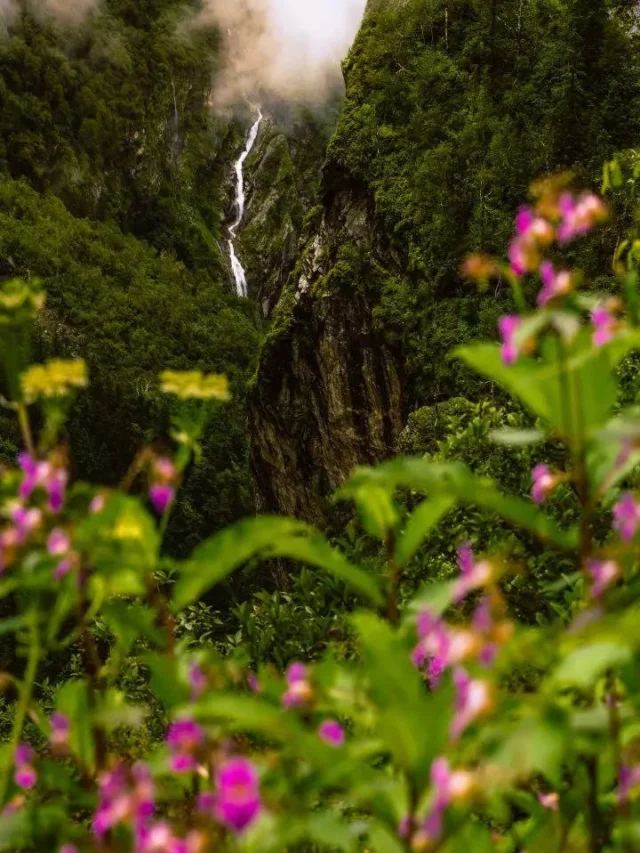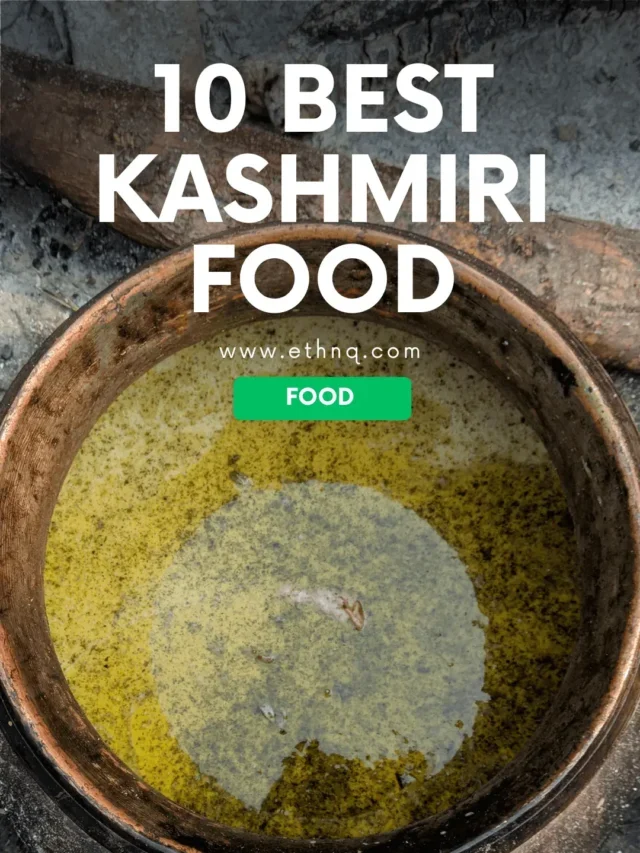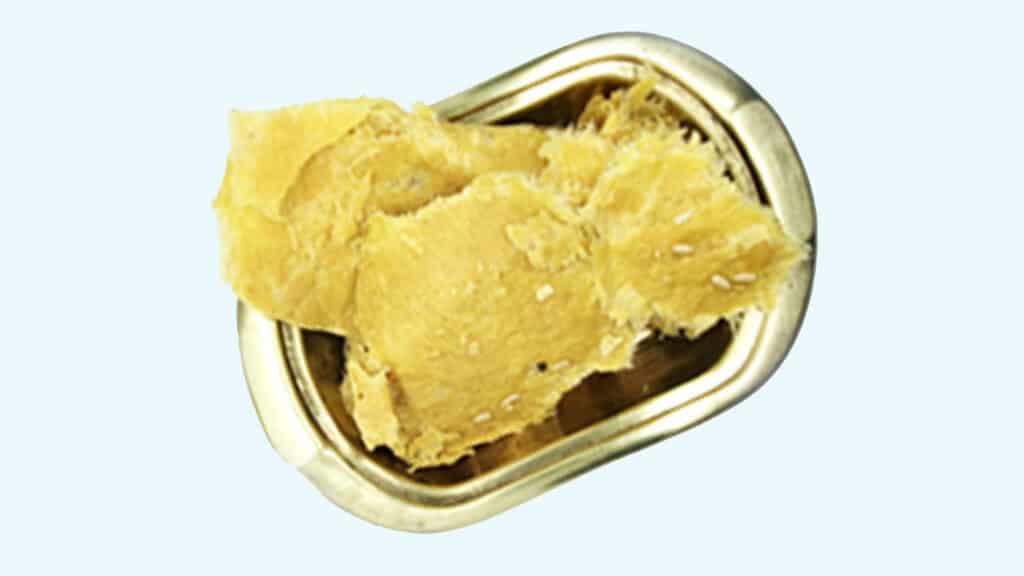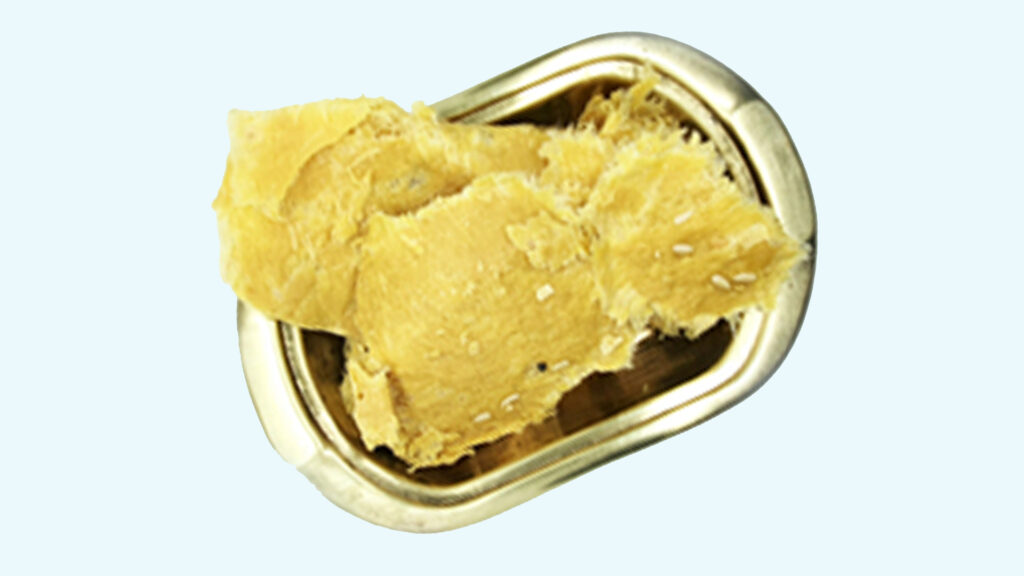Is Patisa and soan papdi same?
Patisa and soan papdi: To unravel the mystery of Patisa and Soan Papdi, it’s essential to delve into their origins and the regional influences that have shaped these sweets.
Patisa
Patisa, also known as Soan Cake or Soan Halwa, hails from the northern regions of India. It is particularly popular in states like Punjab and Uttar Pradesh. The name “Patisa” is derived from the Hindi word “patti,” which means layers or flakes, referring to the dessert’s characteristic texture. Patisa is traditionally made from roasted gram flour (besan) and ghee, sweetened with sugar, and flavored with cardamom. The mixture is carefully layered and then cut into diamond-shaped pieces.
Soan Papdi
Soan Papdi, on the other hand, is a sweet that has its roots in the western and northern regions of India. It is particularly famous in states like Gujarat and Rajasthan. Soan Papdi is made primarily from gram flour (besan) and ghee, but it differs from Patisa in terms of its texture and preparation. Unlike Patisa, Soan Papdi is not layered but rather flaky and crumbly. It is sweetened with sugar and often flavored with cardamom or other spices.
Key Differences Between Patisa and Soan Papdi
Texture: The most apparent difference between Patisa and Soan Papdi is their texture. Patisa is characterized by its layered, crystalline structure, resembling delicate glass-like flakes. Soan Papdi, on the other hand, is known for its flaky and crumbly texture, often breaking apart easily when touched.
Regional Variations: Patisa is more commonly associated with northern India, while Soan Papdi is prevalent in both western and northern regions, with regional variations in taste and preparation.
Flavor: Both sweets share a common base of gram flour (besan) and ghee, but the flavor may differ slightly due to variations in the amount of sugar and the use of spices like cardamom.
Shapes and Presentation: Patisa is typically cut into diamond or square shapes, creating an attractive visual appeal. Soan Papdi is often presented in the form of crumbly rectangular or square blocks.
Occasions: While both Patisa and Soan Papdi are enjoyed year-round, Soan Papdi is especially popular during festivals like Diwali in India. It is often included in gift boxes and exchanged among friends and family during these festive occasions.
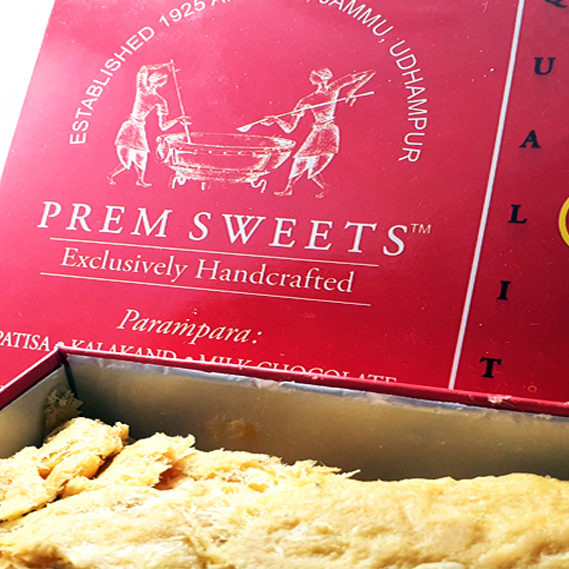
Are Patisa and Soan Papdi the Same?
In conclusion, Patisa and Soan Papdi are not the same, but they are closely related cousins in the world of Indian sweets. Since, they both have similar ingredients, like gram flour and ghee, moreover they also share a common theme of sweetness however, their textures, regional origins, and presentation make them distinct and unique. While Patisa’s crystalline layers are reminiscent of stained glass, Soan Papdi’s delicate flakes offer a delightful contrast.
Ultimately, whether you prefer the intricately layered Patisa or the crumbly charm of Soan Papdi, both sweets are a testament to the rich and diverse world of Indian desserts. The next time you come across these tempting confections, you can savor their unique flavors and appreciate the cultural and regional influences that have shaped them into the beloved treats they are today.
Faqs About Kud Patisa
Kud Patisa is a traditional Indian sweet delicacy from Jammu and Kashmir. “Patisa” is made from besan (gram flour), ghee (clarified butter), and sugar. Various nuts and spices are then added to enhance the flavor. It is widely popular amongst various tourists across India.
Important information:
1. Kud Patisa is a traditional Indian sweet made from besan, ghee, sugar, and nuts.
2. It is a sweet from jammu and kashmir – refered as Patisa .
he process of preparing Kud Patisa involves several steps that require skill and precision. First, besan (gram flour) is roasted in ghee until it turns golden brown and emits a pleasant aroma. Then, a sugar syrup is prepared separately by dissolving sugar in water and boiling it until it reaches a string consistency. The roasted besan is then mixed with the sugar syrup and stirred continuously to form a smooth and pliable dough. This dough is then spread out into thin layers. These pieces are garnished with nuts like almonds or pistachios before being served.
Important information:
1. Besan is roasted in ghee to a golden brown color.
2. A sugar syrup is prepared and mixed with the roasted besan.
3. The dough is spread into thin layers, cut into pieces, and garnished with nuts.
Kud Patisa has a unique combination of flavors and a distinct texture that sets it apart from other sweets. It has a rich, sweet taste with a hint of nuttiness from the roasted besan and a subtle aroma of ghee. The texture of Kud Patisa is delicate and flaky, which gives it a melt-in-your-mouth experience. The thin layers of the sweet crumble easily, creating a light and airy sensation. The addition of nuts provides a contrasting crunchiness to the overall texture.
Important information:
1. Kud Patisa has a rich, sweet taste with a hint of nuttiness.
2. It has a delicate and flaky texture that melts in your mouth.
3. The addition of nuts adds a crunchy element to the sweet.
To maintain the freshness and quality of Kud Patisa, it is important to store it properly. One should keep the kud patisa in an airtight container to protect it from moisture and humidity, which can cause it to become sticky or lose its texture. It is advisable to store Kud Patisa in a cool and dry place, away from direct sunlight. If stored correctly, it can retain its taste and texture for several weeks.
Important information:
1. Kud Patisa should be stored in an airtight container.
2. Keep it in a cool and dry place, away from sunlight.
3. Proper storage can help maintain the taste and texture for a longer duration.
Ethnq.com offers a handpicked selection of the richest and the finest authentic products from Jammu and Kashmir. Ethnq sends Kud Patisa from the original source i.e. from Famous “Prem Sweets Shop Since 1925”. This Patisa from Kud is so Delicious and Famous all Over India. Kud is a place near the Famous Hill Station – Patnitop, Jammu and Kashmir.
Also Read:


